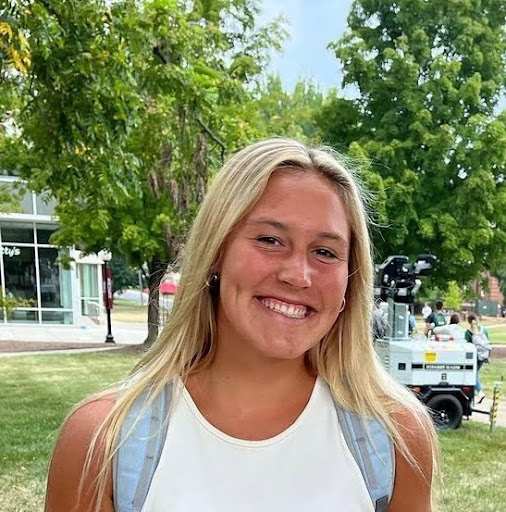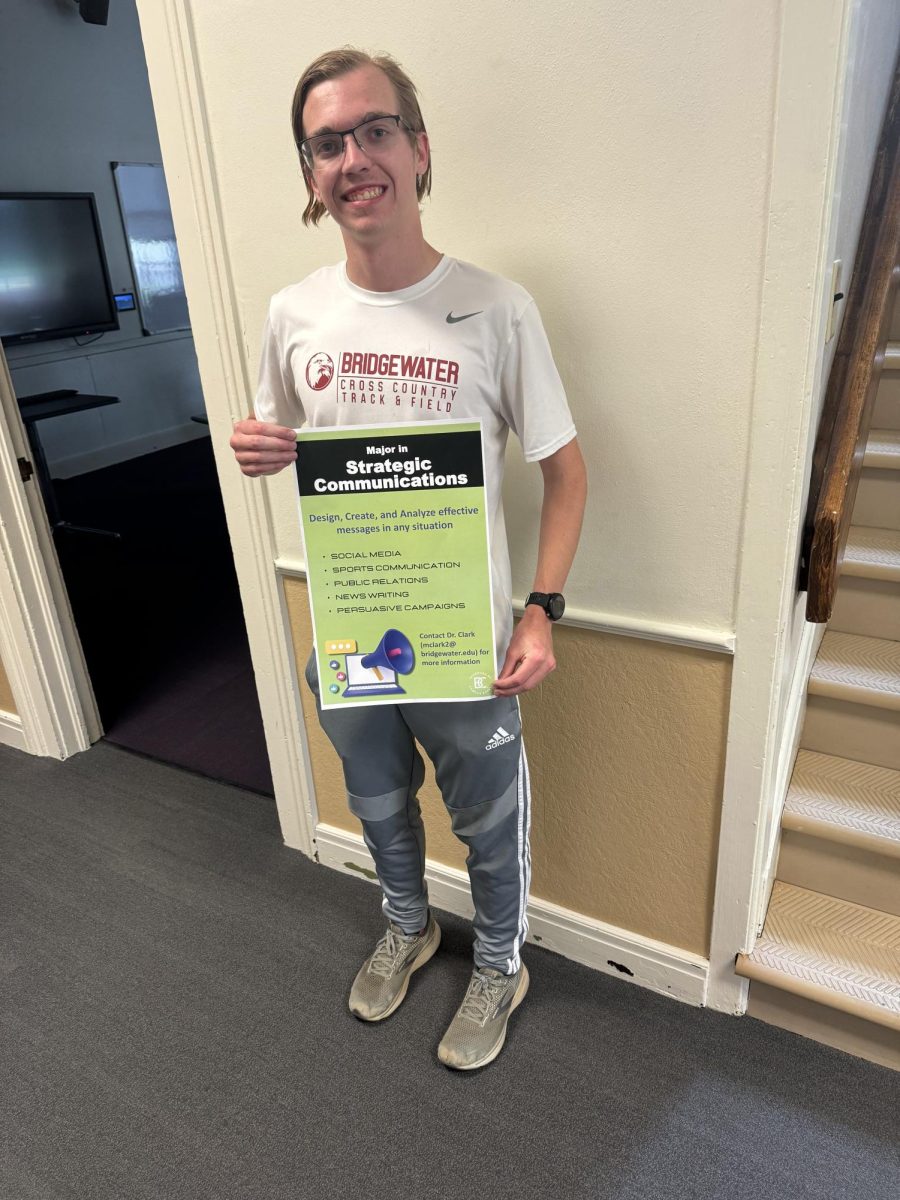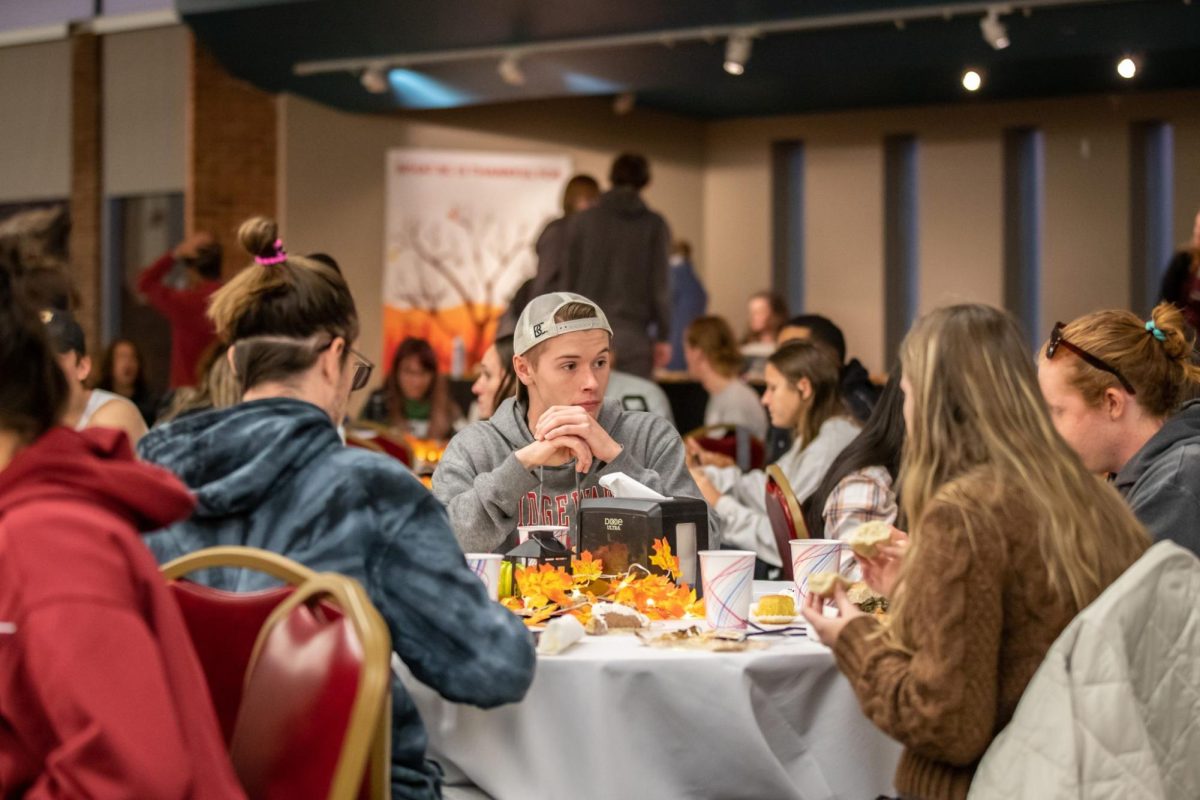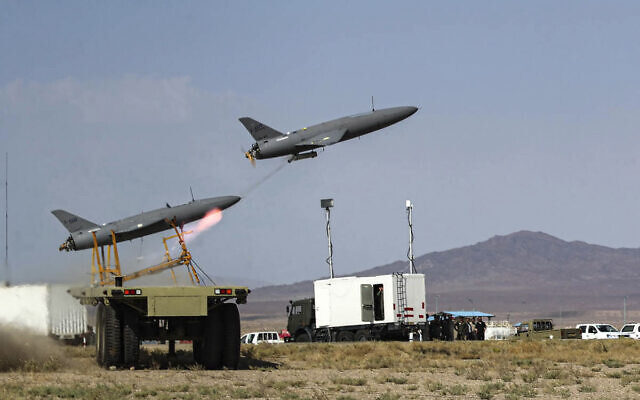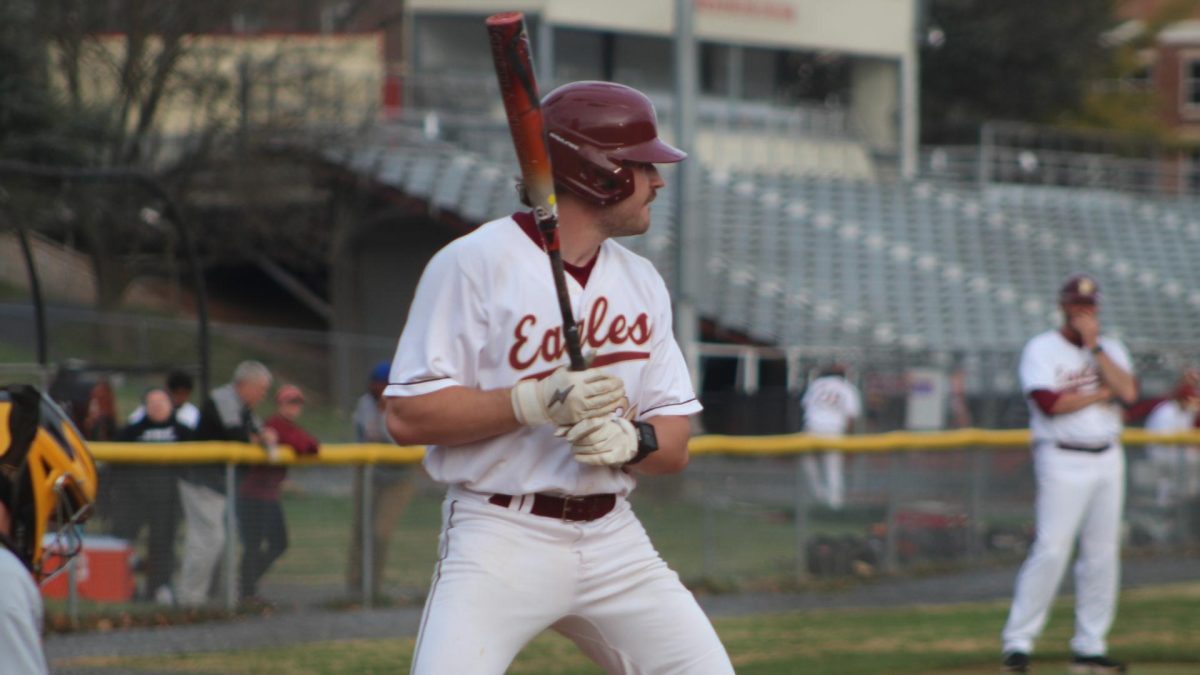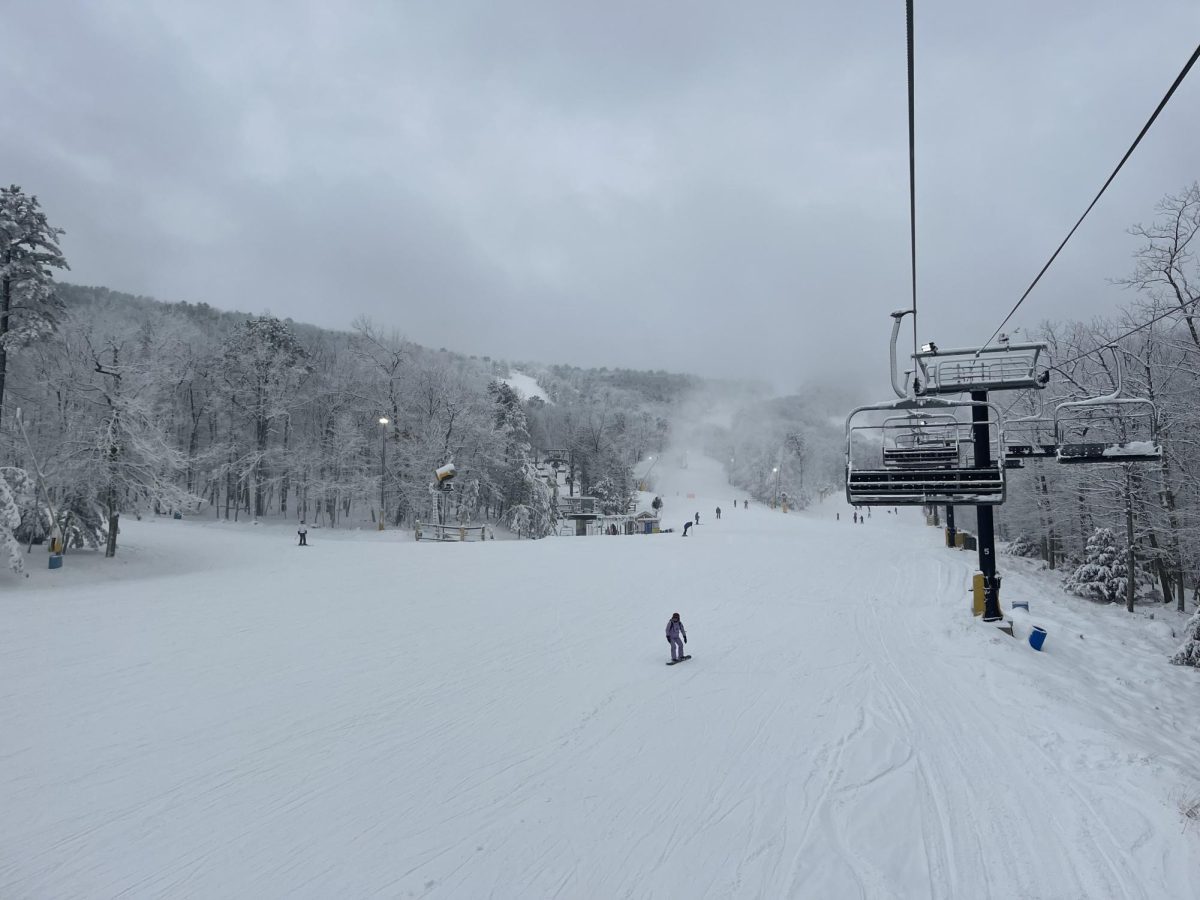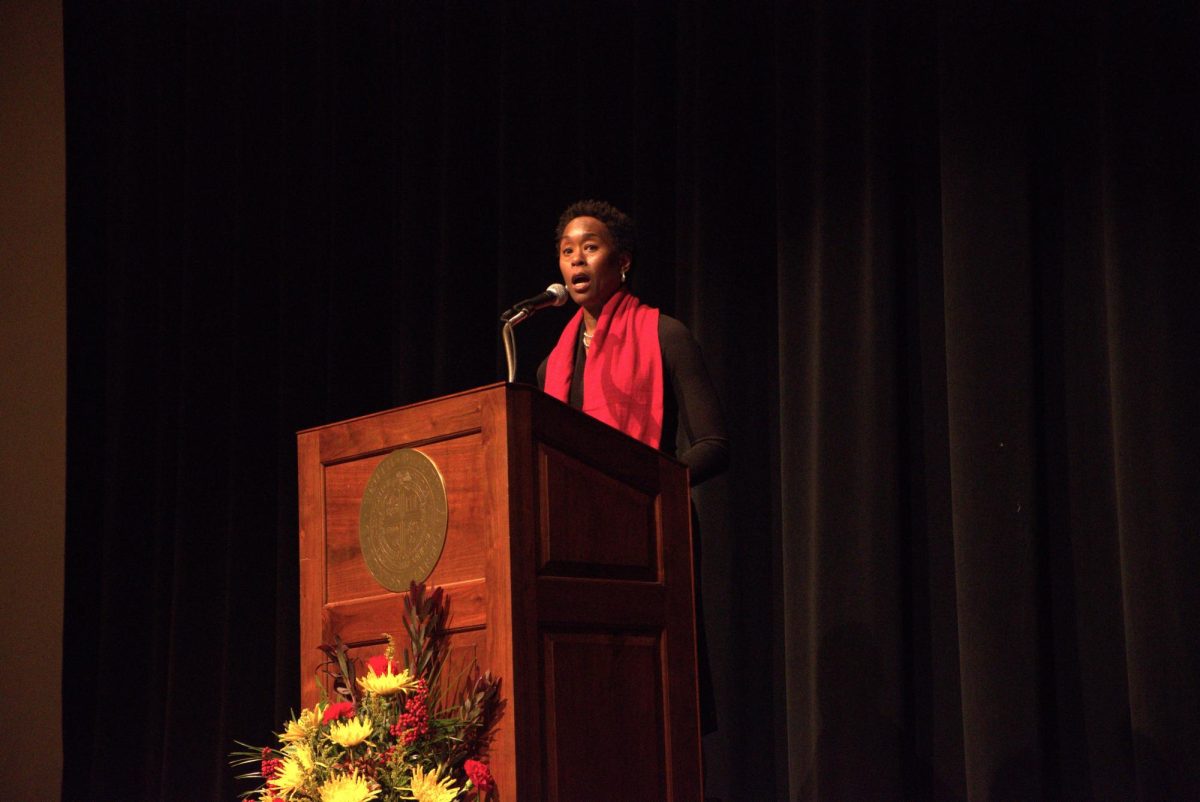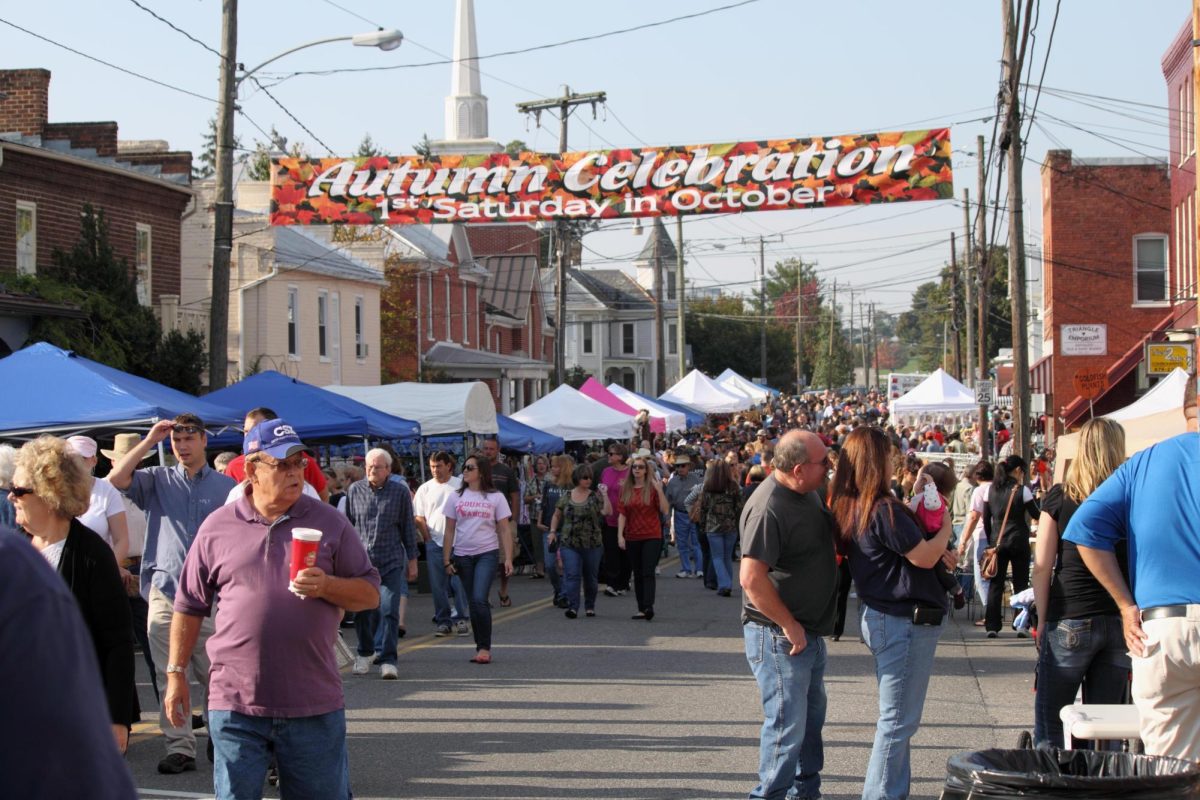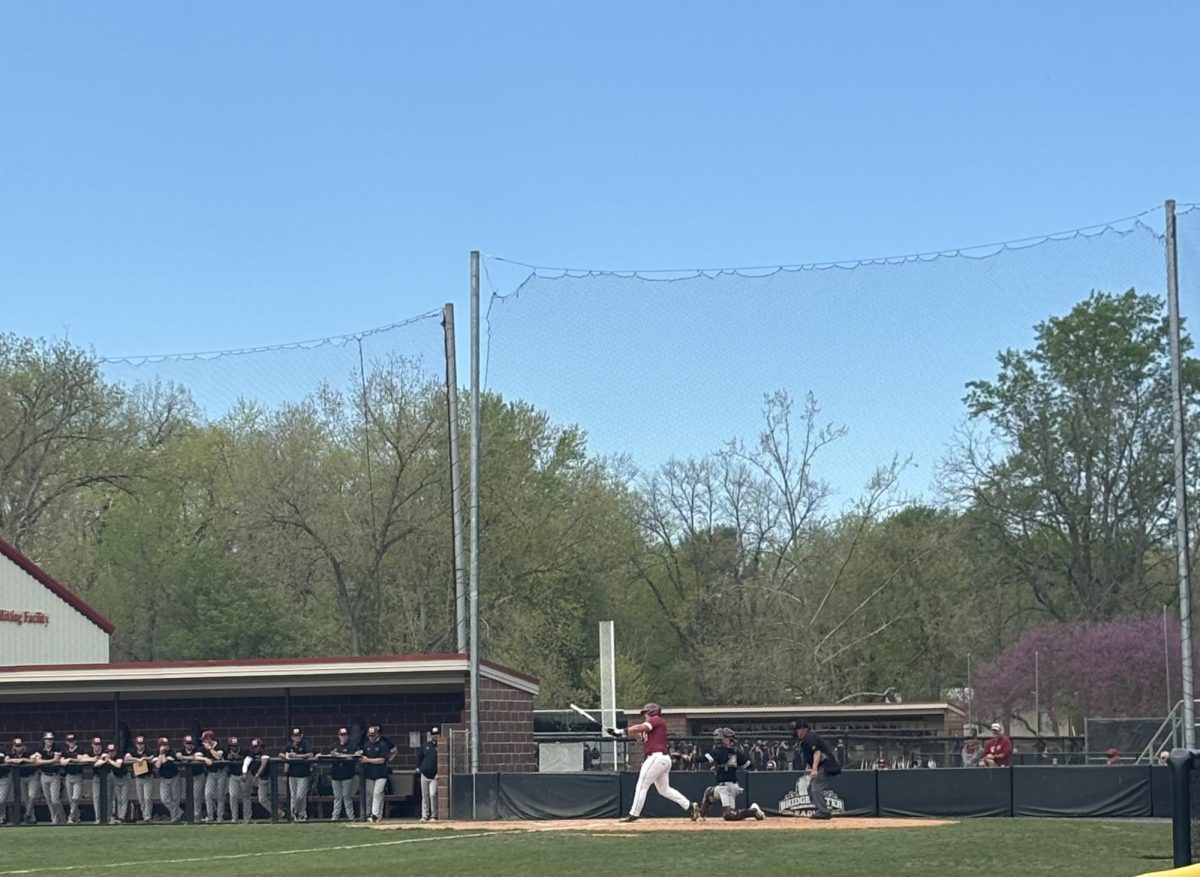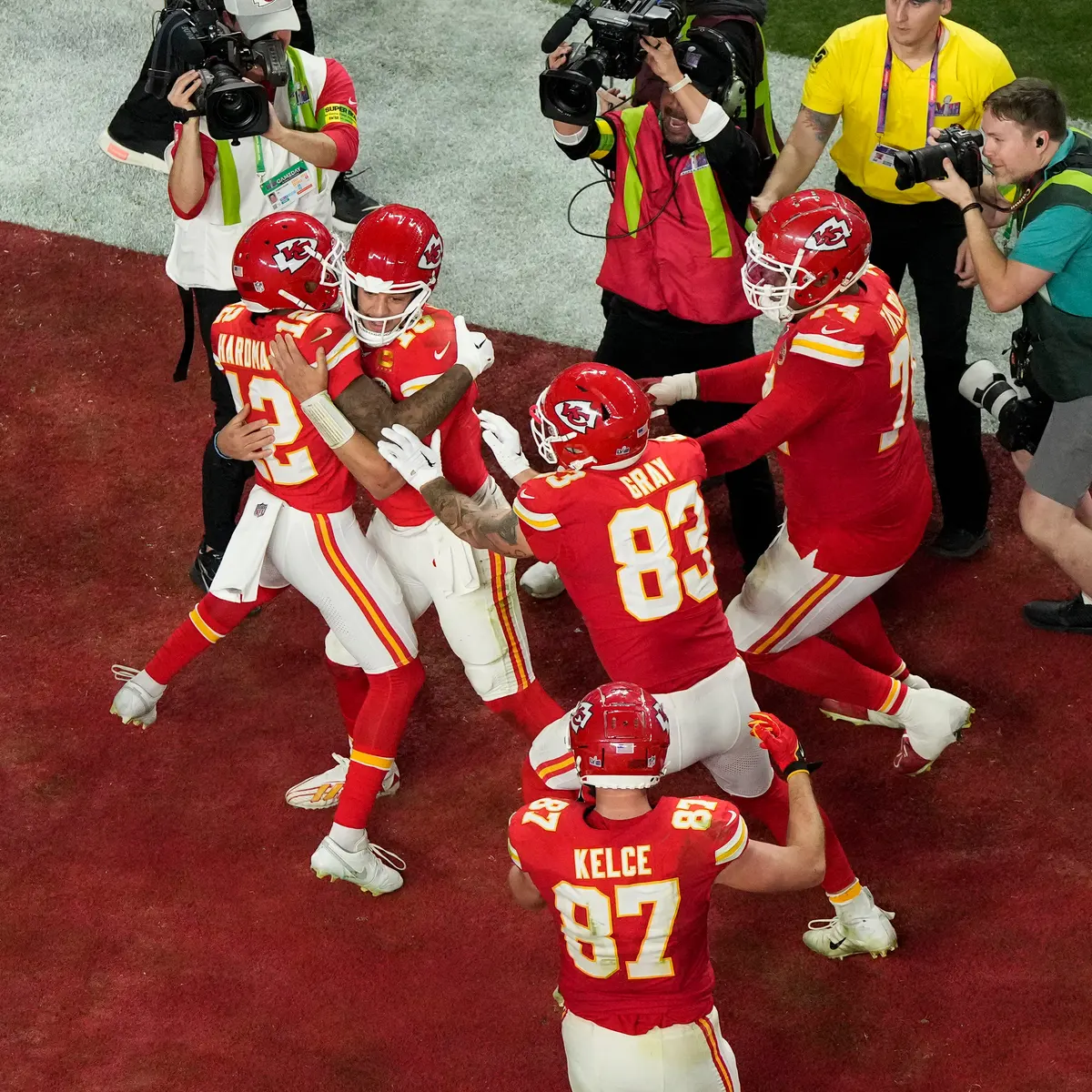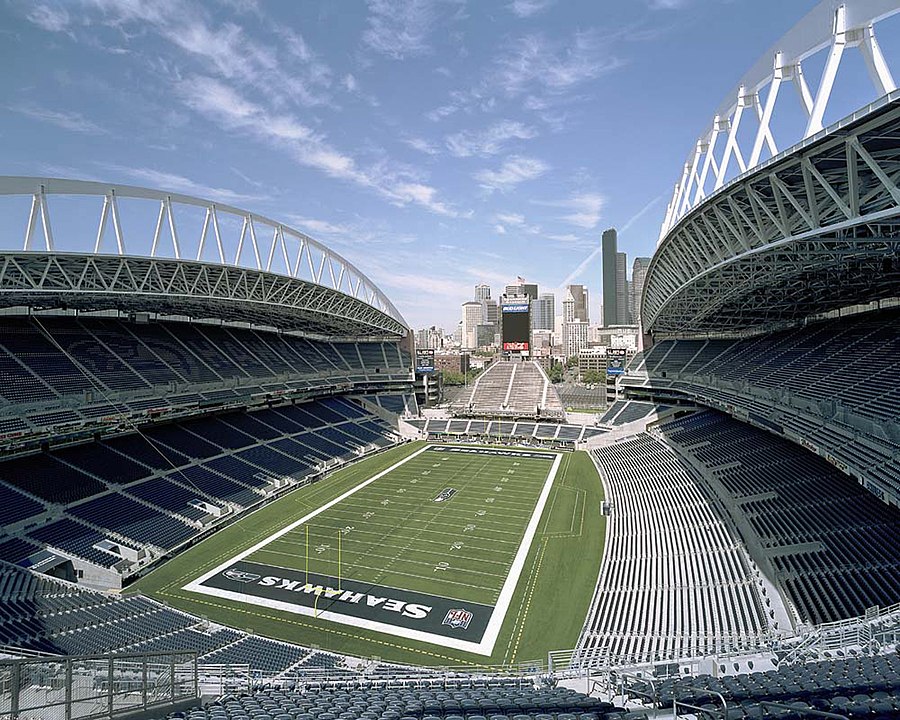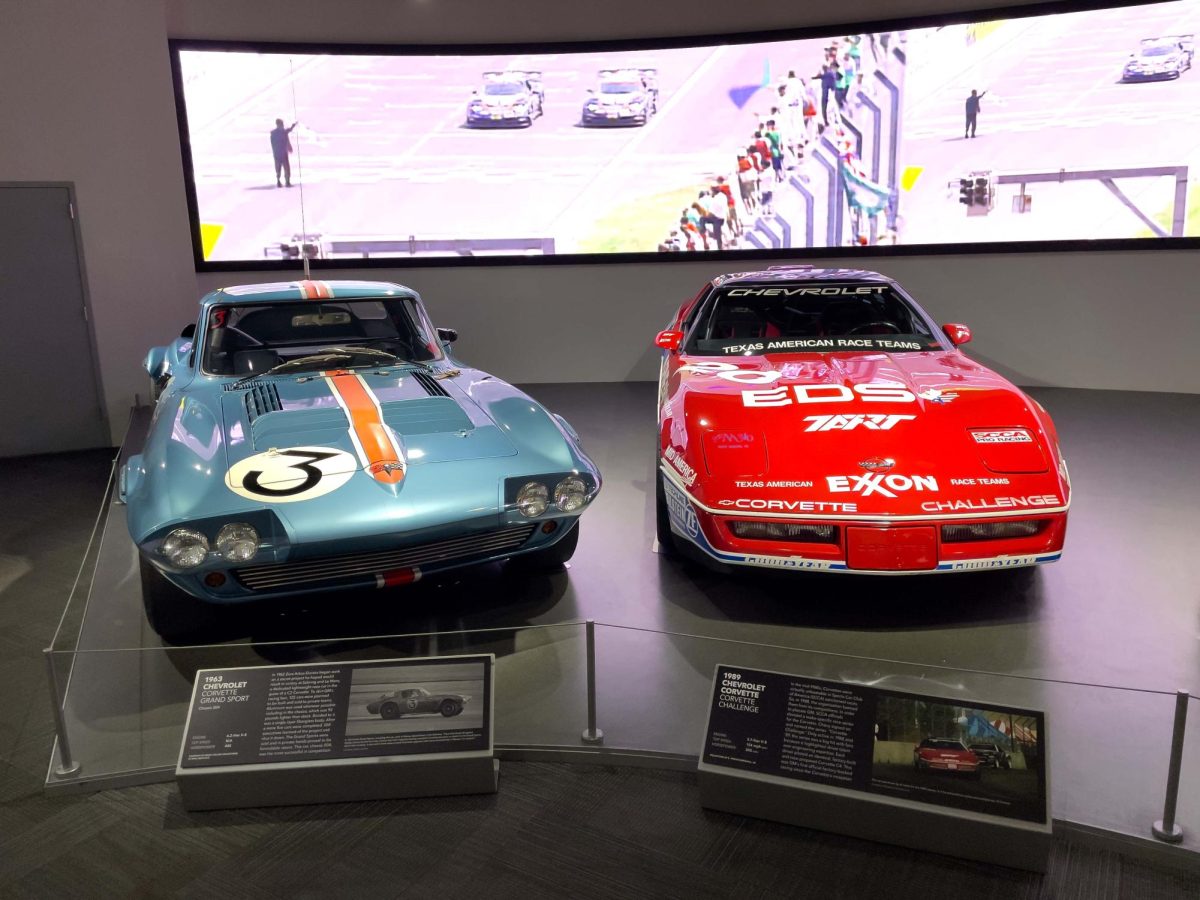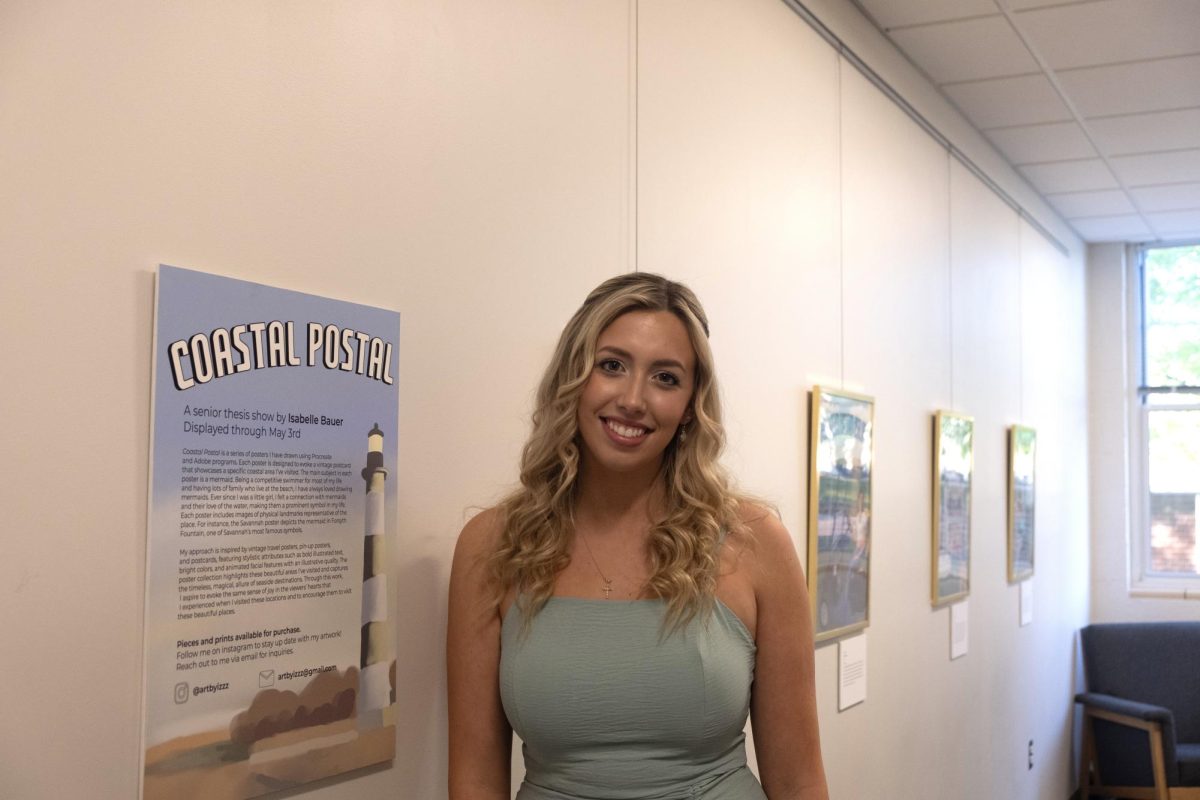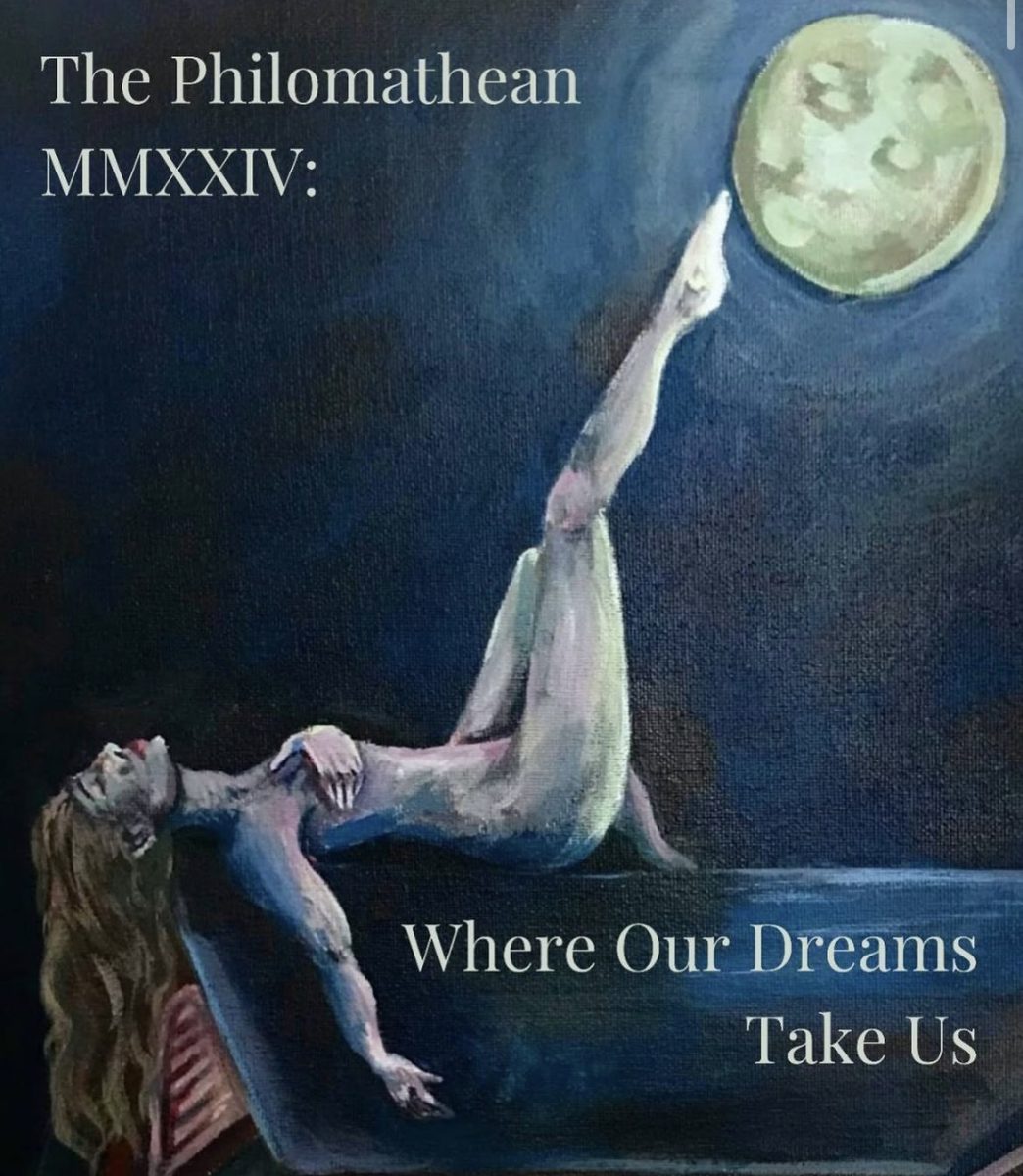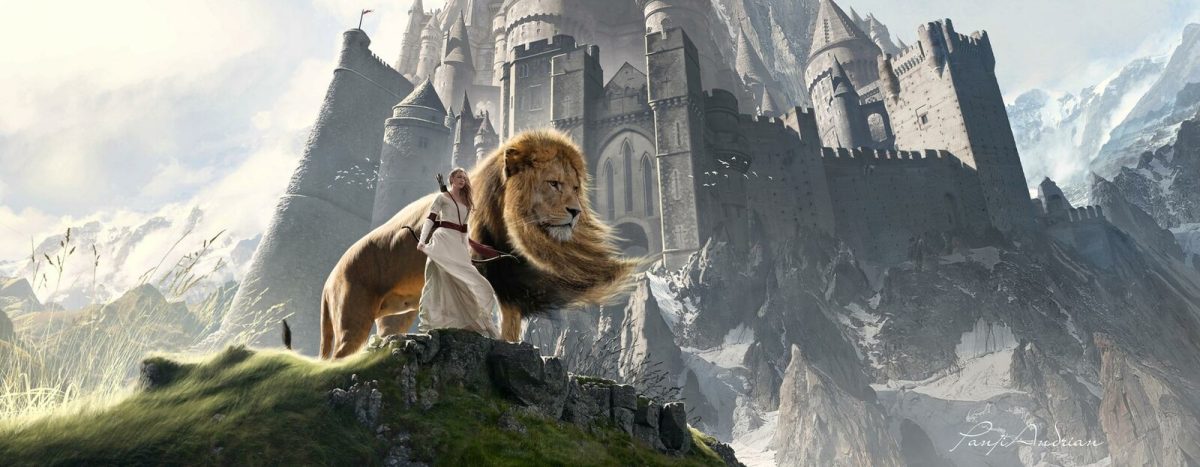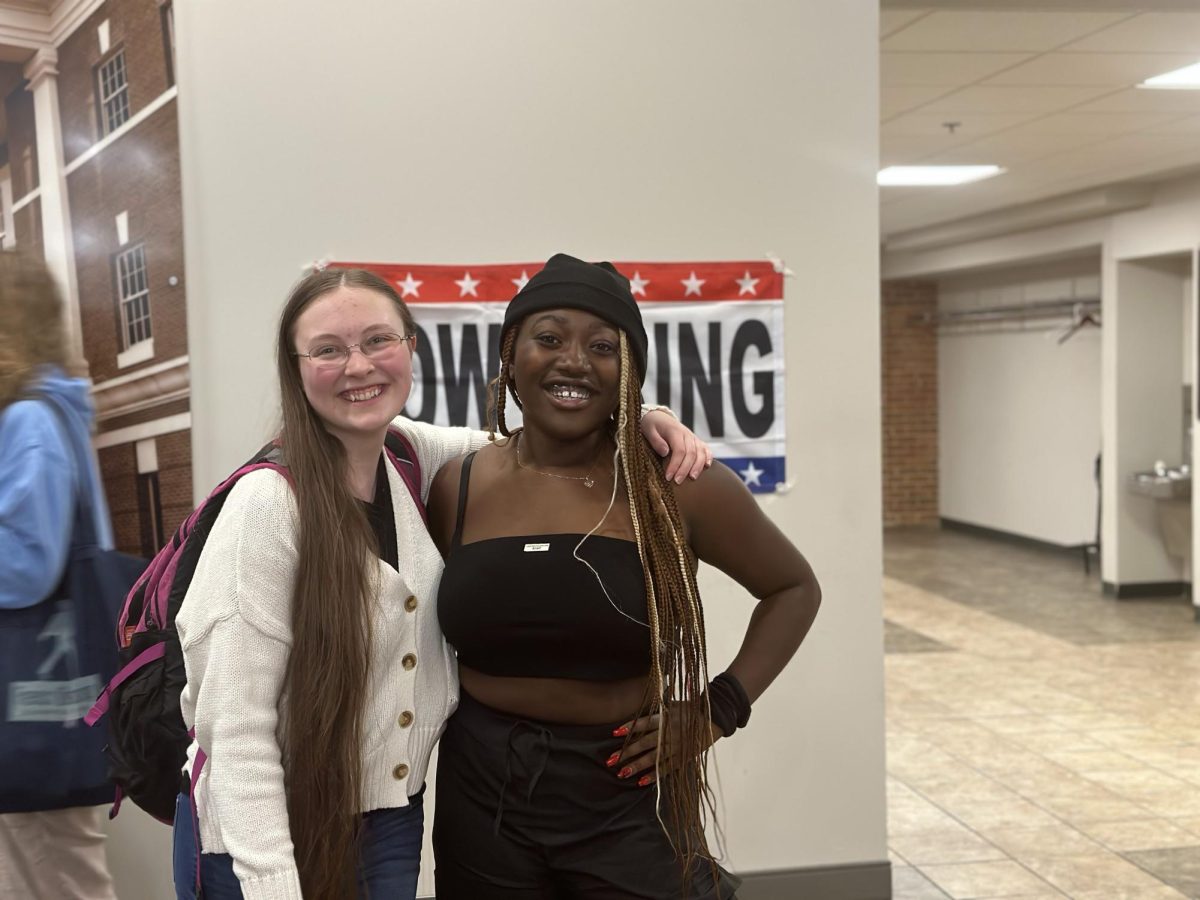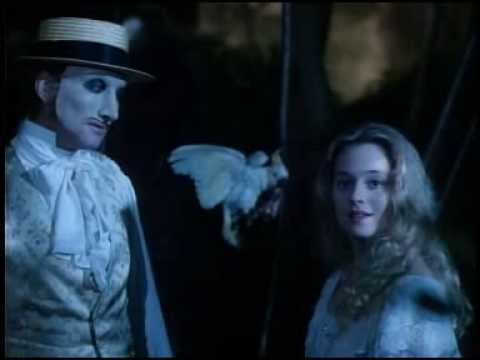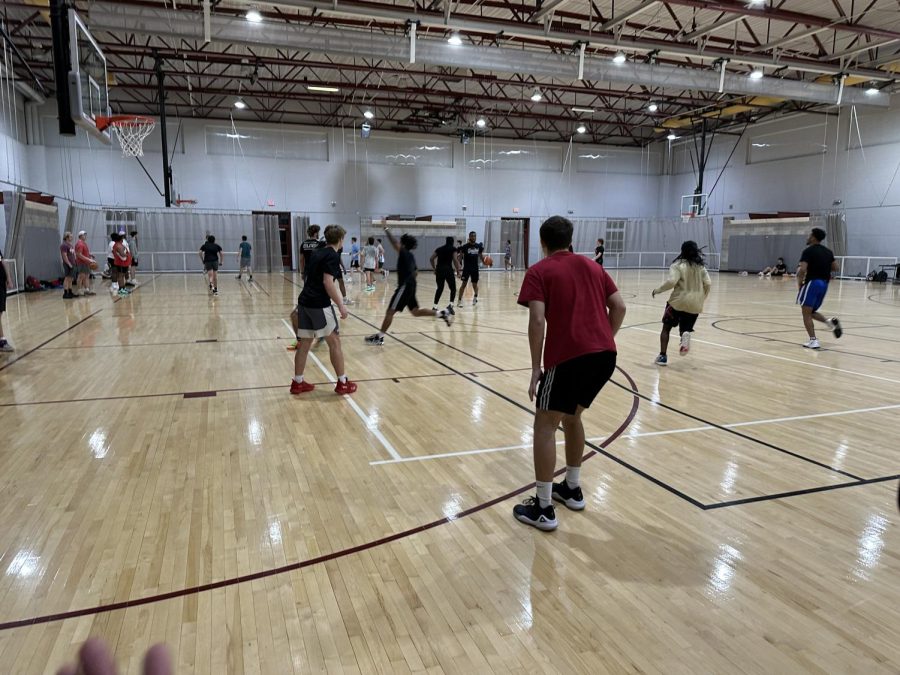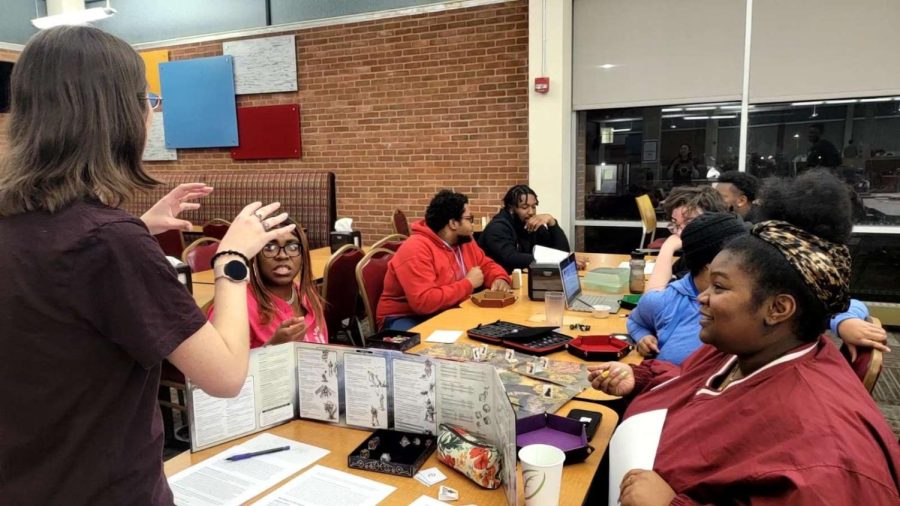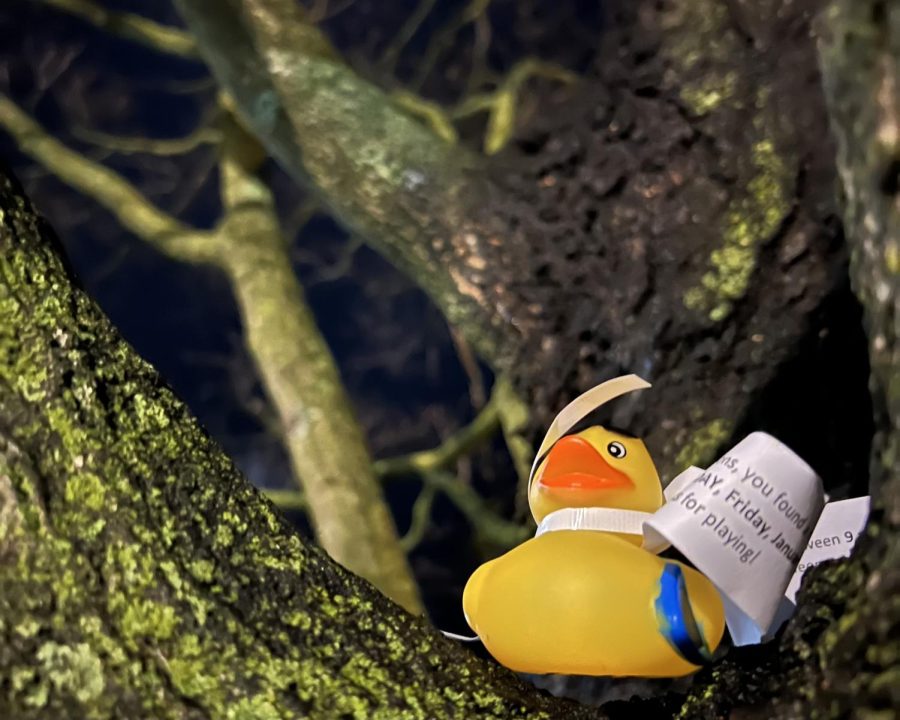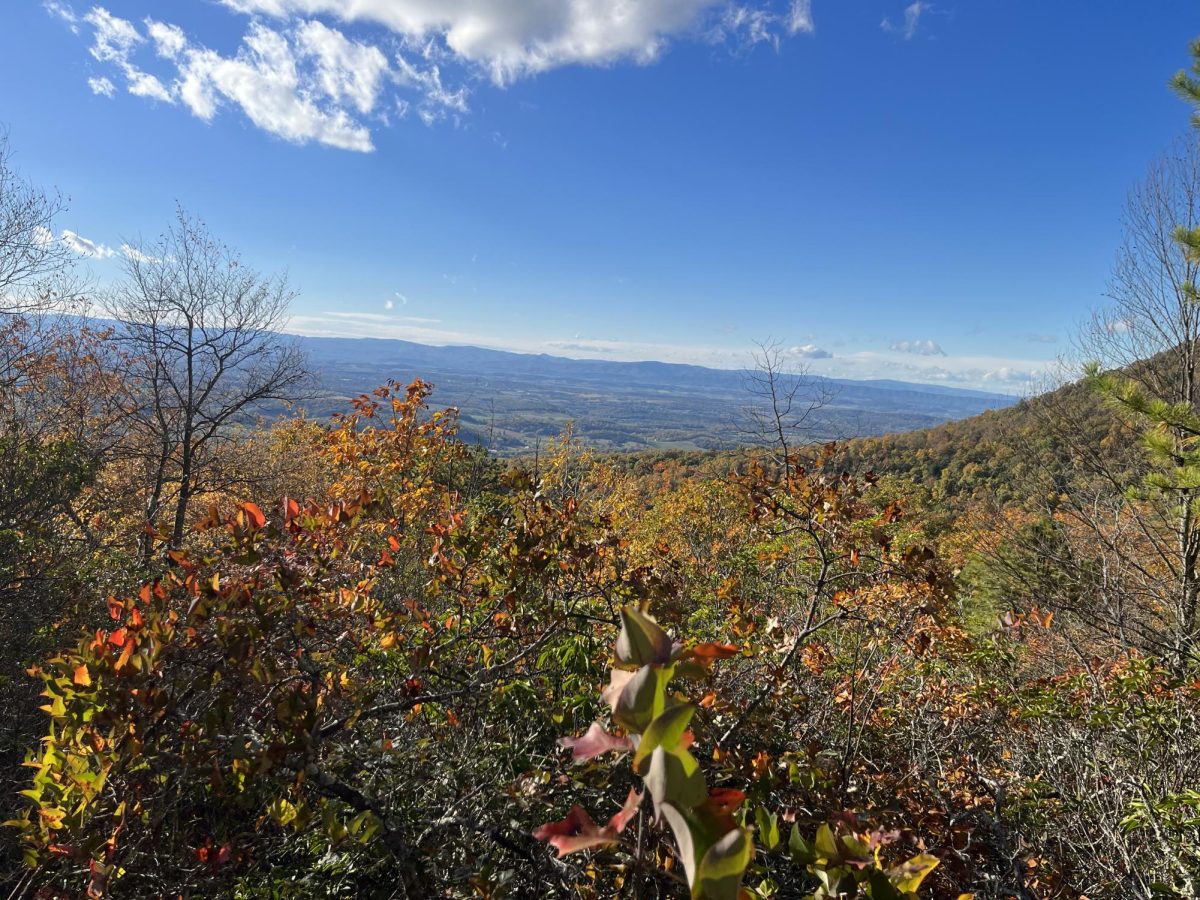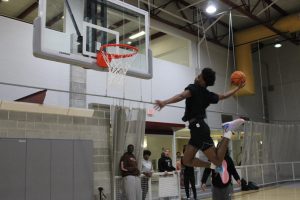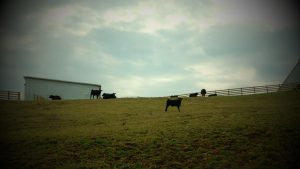Cows in the Shenandoah Valley
Cows laying in a field with the blue ridge mountains in the background. Apparently, cow tipping is very real thing and is an illegal activity that could get you arrested or shot.

In the same field the last photo was taken, there is a cow that is standing up and staring at photographer Kinley Woodard. Rumor has it that she might be a cow whisperer.

Many cows are laying down, but one cow is standing up. Why are these cows laying down? Cows tend to lay down when they can feel moisture in the air to preserve a dry patch of grass. That one cow standing up did not get the memo about the moisture in the air.

Cows standing behind a pond in the middle of a field. Cows tend to eat two percent of their body weight a day.

Another calf looking at Kinley Woodard while she takes a photo of the cow. The cow is standing next to a hay bale feeder that was not filled with hay. Where did the hay go? Cows can eat up to 24 pounds of hay a day.

You really get a feel for how large the field is that the cows are in. Just because the cows are laying down does not mean they are asleep. Cows only sleep for 4 hours a day.

Cows laying down, except the one cow is going to stand up. There are about 528,000 cows in the Augusta area of the Shenandoah Valley.

The landscape that many cow farms are on in the Valley, surrounded by the Blue Ridge Mountains. There are alot of Mennonites in the Bridgewater, Virginia area and many own cows for milk and beef.

More zoomed in photos compared to last. You can see the cows better in this photo. Cows did not originate in North America, and for a long time in the 1700s, it was illegal to kill cows because they had a hard time surviving. That sure is hard to believe today though with all the cows running around here in the Shenandoah Valley.

Even more zoomed in on the photos of the cows. The backdrop is easy to see then the cows. The Cows look like weird color ants on a farm. The word cattle originates from the Old French word “chatel”.

Very similar photo to the last one you just looked at. Cows like to spend 10 to 12 hours laying down everyday. That might explain why so many cows are laying down in these photos.

As you can see there are big power lines near this cow farm. As of right now, there has not been anything found about power lines affecting cows’ health, just in case you were concerned about the cows.

Calves in a field watching people and cars as they pass by. Because cows enjoy people petting them, cow farmers tend to call cows really big dogs because they seek constant attention. There are cow farms where people can pay to cuddle cows.

Cows looking at the camera as Kinley Woodard takes photos of them. Short horned cattle are the most prominent in the Shenandoah area.

Cows enjoying their morning in the field. Cows have their own regional accents. Cows moo differently depending on where they live.

Dairy cows laying down in a pasture. Cows have really good sense of smell and can tell when you have not showered in days among other gross smells.

A similar photo to the last, but you can see more cows in the background because the photo is more zoomed out.

Cows are laying down in a field at a farm right outside of the Town of Bridgewater.

Cows laying down. Are cows part zebra and if not, why do cows have black and white spots? Well, they are not part zebras. Cows have black and white spots as a natural fly repellent The black and white spot keeps flies away.

Cows at Home Place Farms in Bridgewater right off of Spring Creek road. While you drive on the road there is a nice view of the cows in the field here. These young cows can be found grazing in the field.

The cows are looking off into the distance. They got camera shy. Cows tend to have a 330 degree vision perspective and have a hard time seeing directly in front of them and directly behind themselves.

There seems to be less cows in this field. Cows become friends with each other and when they are separated from each other become stressed. This is why you tend to see cows with other cows.

A calf is staring at Kinley Woodard again as she takes photos. It turns out that cows are very curious and want to know what is going on around them. No wonder so many cows were staring at Woodard.

